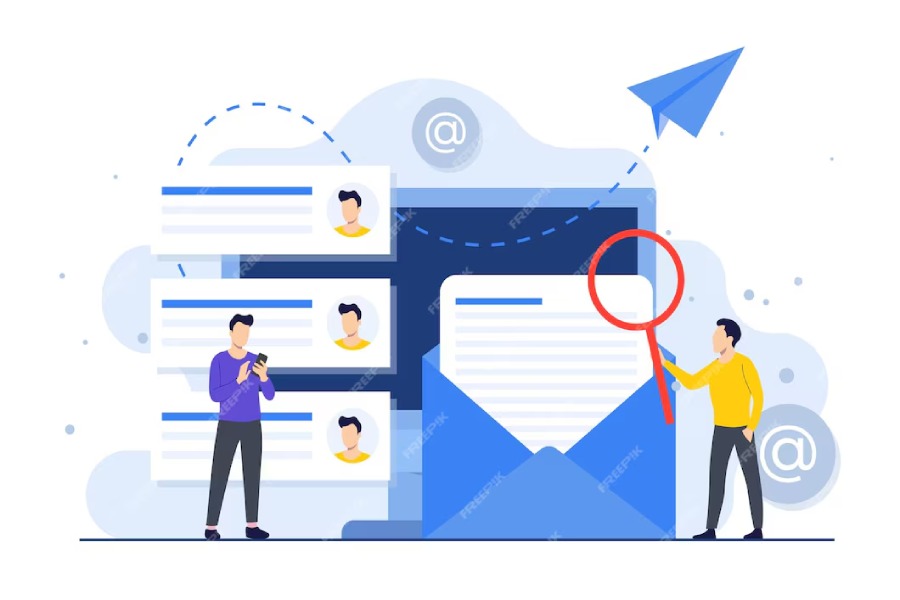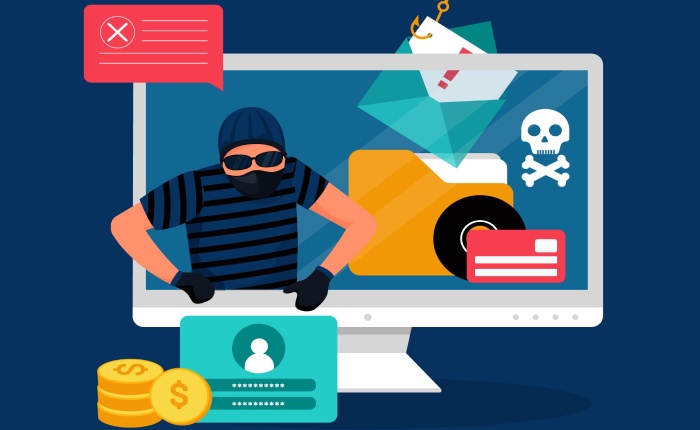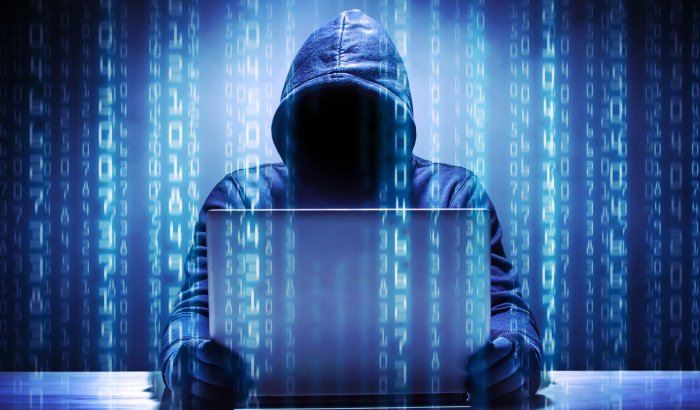With the rise of remote work, ensuring secure email communication has never been more critical. Cyber threats continue to evolve, making it essential for businesses and remote employees to adopt robust email security measures. Whether you are an organization managing a distributed workforce or an individual working remotely, understanding and implementing best practices for secure email communication can protect sensitive information and prevent cyberattacks.
Understanding the Importance of Email Security in Remote Work
Email is a primary communication tool in remote work, but it is also a major target for cybercriminals. Phishing, malware, and unauthorized access to sensitive information are some of the highest threats remote workers encounter. Businesses need to have solid security policies in place to protect their email communications. Email security is not just about keeping sensitive business information secure but also about ensuring customer trust and adherence to data protection laws. Cybercriminals exploit poor passwords, unencrypted emails, and unprotected networks, so it is essential to have security measures that can reverse these.
Common Email Security Threats in Remote Work
Phishing Attacks
Phishing remains one of the most prevalent email security attacks. The attackers forge realistic emails purporting to be from well-known organizations to have recipients share confidential information, such as login credentials or monetary information. Remote workers with a predilection for frequent communication via email can be exploited by these attacks if they do not verify senders or observe phishing warning signs.
Unsecured Wi-Fi Networks
Many remote workers use unsecured public Wi-Fi or home networks, which are most likely to be insecure. Email messages on insecure networks are hacked by attackers, thus opening the company’s confidential data. Emails lack protection against cyber attacks with or without a secure connection and encryption.
Personal Devices
Remote workers often access corporate emails using personal devices, which may lack the security features required. Without endpoint security, malware and unauthorized access can compromise sensitive business information.
Best Practices for Securing Email Communication
Implement Robust Password Policies
Weak passwords are one of the leading causes of email breaches. Organizations should have password policies that require complex, unique passwords. The users should also use password managers to safely generate and store passwords.
Enable Multi-Factor Authentication (MFA)
MFA adds an extra layer of security by prompting users to authenticate with a second factor, such as a mobile authenticator app or one-time passcode. This significantly reduces the risk of unauthorized access even if login credentials are compromised.
Use Email Encryption
Encrypting emails ensures that even if they are intercepted, their contents will not be readable to unauthorized users. Companies should use end-to-end encryption and secure email gateways to protect sensitive information.
Regularly Update Software and Systems
Legacy software is a Cyber attacker’s dream target. Regularly updating email clients, operating systems, and security software closes security loopholes that hackers can exploit.
Train Employees to Spot Threats
Remote workers must undergo security awareness training. Employees should be trained to spot phishing emails, recognize suspicious links, and avoid social engineering attacks through email. A trained workforce is the best defense against preventing cyber attacks.
Additional Measures for Enhancing Email Security
Use Virtual Private Networks (VPNs)
VPNs encrypt web traffic, building a secure tunnel for email exchange. This is particularly important for remote workers using emails over public networks.
Enforce Clear Remote Work Policies
Organizations need to define and impose email security policies on remote employees. These should encompass device security, email use guidelines, and data handling processes to limit security risks.
Monitor and Audit Email Activity
Real-time monitoring of email activity can facilitate the detection and response to security threats in real-time. Businesses need to implement software that provides visibility on email usage, tracing unusual login locations or suspicious attachments.
Summary and Continuous Improvement
Email security is a continuous process that requires diligence and proactive action. Regular security audits, staying informed about emerging threats, and reinforcing cybersecurity best practices will allow remote employees and organizations to maintain secure email communications. As cyber threats evolve, organizations must transform and adapt their security controls to thwart threats effectively. By integrating strong password policies, encryption, MFA, and regular employee training, organizations can offer a secure and resilient remote work environment.


